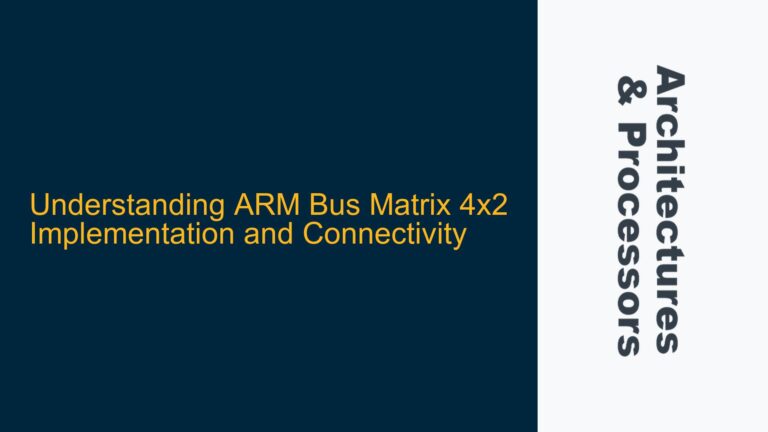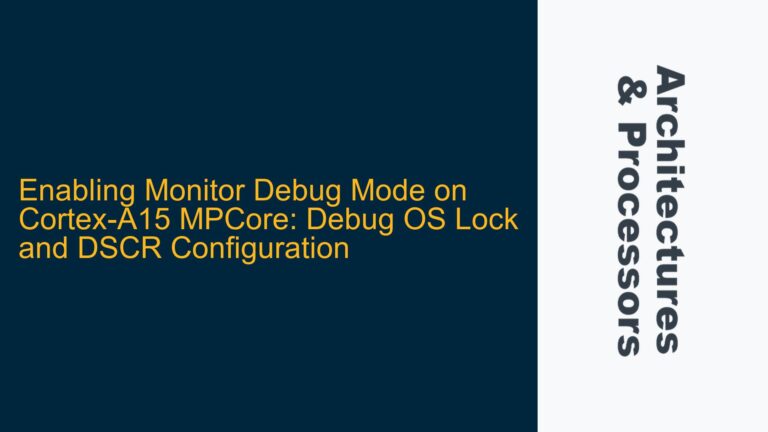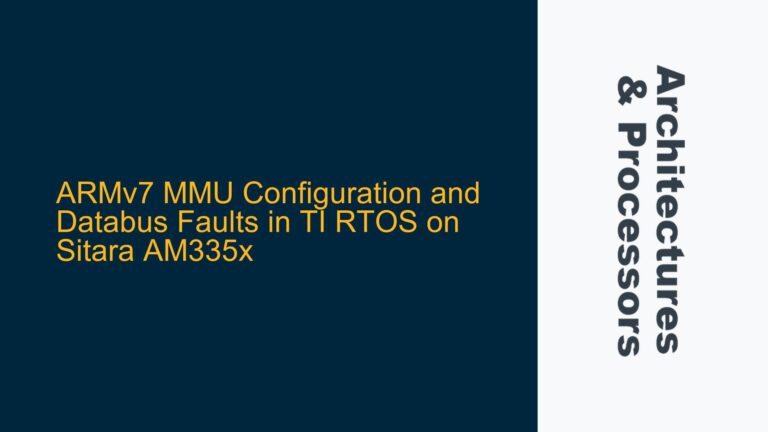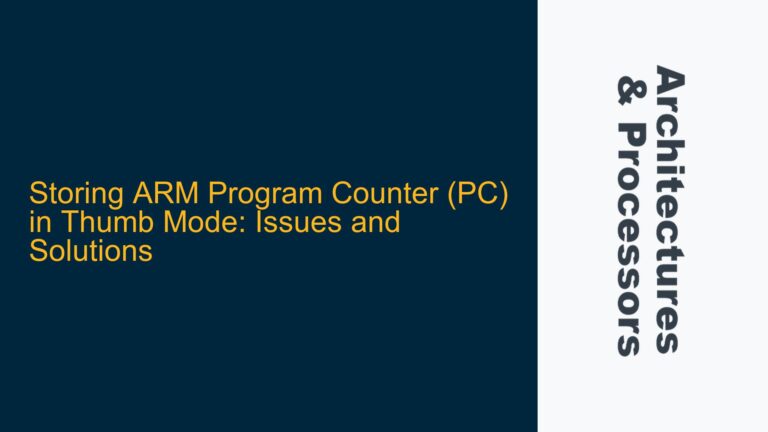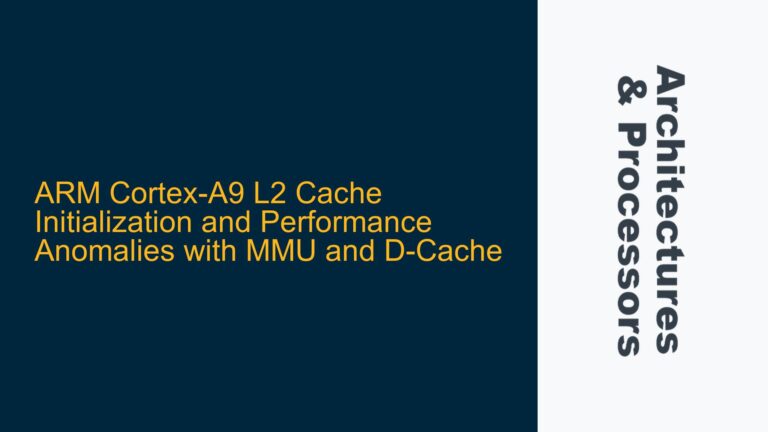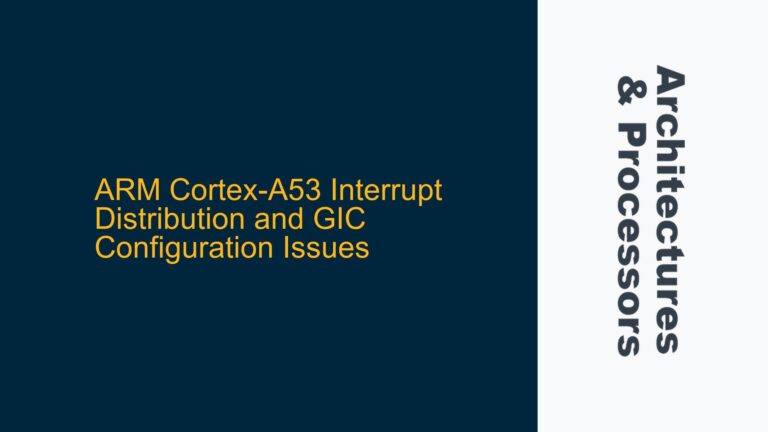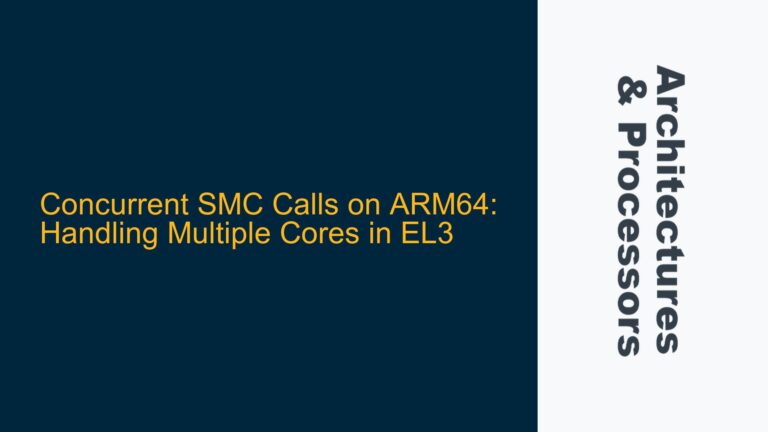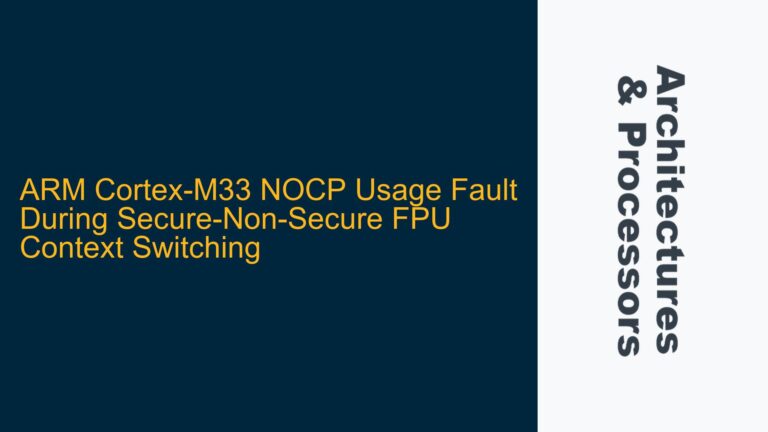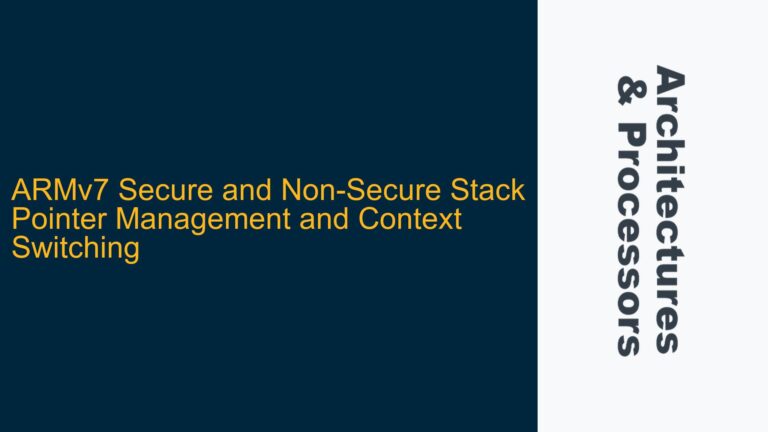ARM Bus Matrix 4×2 Implementation and Connectivity
ARM Cortex-M Bus Matrix 4×2 Architecture and Internal Connectivity The ARM Cortex-M series of processors often utilize a bus matrix to manage data flow between multiple masters and slaves within the system. A 4×2 bus matrix, as referenced in the discussion, is a specific configuration where four master ports and two slave ports are interconnected….
